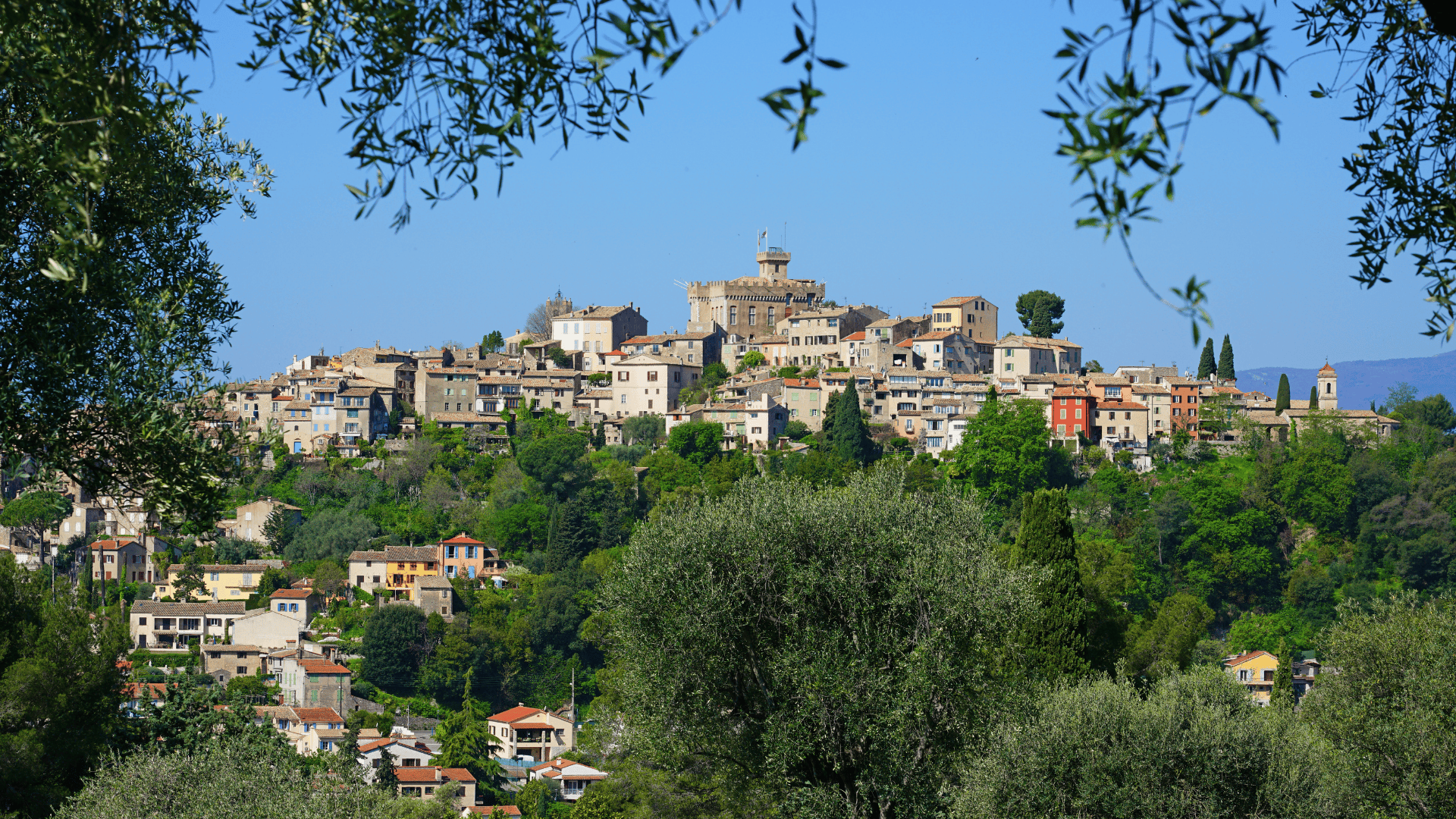Just a stone’s throw from Nice, Cagnes-sur-Mer offers a charming getaway in the footsteps of Auguste Renoir. With its medieval landscape, row of olive trees and Impressionist museum, this village in the French Riviera is a beautiful escape from time and crowds.
Auguste Renoir certainly had a knack for finding stunning places. We recently spoke about the
Impressionist painter’s stay on the island of Guernesey
—now let’s head further south, to Haut-de-Cagnes. Enchanted by the gentle climate and the unique southern light, Renoir settled here in 1907 and remained until his death in 1919. Since then, the village has retained all its picturesque charm, with hidden stairways, flower-filled alleyways, and stone houses. A true postcard setting, it later drew crowds of artists—from Renoir to Brigitte Bardot and Joséphine Baker—earning it the nickname the “Montmartre of the French Riviera.”
Planning a trip to the French Riviera? This article might help you explore the area:
- French Riviera: The most beautiful natural parks between Marseille and Nice
- Forget Nice, here are the most beautiful hidden seaside towns to visit on the French Riviera
- On the French Riviera, here are 4 breath-taking small beaches and creeks to lay your towel this summer
A timeless hilltop village
In the town of Cagnes-sur-Mer, perched on a hill overlooking the sea, lies a neighbourhood that seems frozen in time: Haut-de-Cagnes. This maze of cobbled lanes and brightly shuttered houses has preserved its authenticity, despite its proximity to the bustling Riviera Coast. Here, you stroll to the sound of cicadas, admiring bougainvillaea spilling from balconies.
Founded in the Middle Ages, Haut-de-Cagnes originally served to protect its inhabitants from invasion, thanks to its strategic location between the Kingdom of France and the States of the House of Savoy (now part of modern Italy). The Grimaldi Castle, built in 1309 by the Grimaldi family of Monaco and transformed into a noble residence in 1620, later brought prosperity to the village. Over time, the fortress gave way to a picturesque village full of old-world-charm. It is this tranquility that first captivated Auguste Renoir during a visit in 1903.
In the footsteps of Auguste Renoir
In 1917, the painter settled at the Domaine des Collettes, a peaceful estate surrounded by century-old olive trees and fruit orchards. It offered him the tranquility and natural light he sought—but above all, a mild climate. Renoir was indeed suffering from rheumatoid arthritis, an inflammatory joint disease that severely affected his mobility.
Yet, despite his condition, he would spend hours painting in the gardens, capturing the play of colour and shadow among the olive trees, fruit, and the figures of his local models. It was here that he painted one of his most famous works,
The Large Bathers
(
Les Grandes Baigneuses
).
The estate also marked the beginning of his work as a sculptor. Physically weakened, he collaborated with the young Richard Guino, a pupil of Aristide Maillol, who skilfully brought Renoir’s ideas to life. Even as his health declined, Renoir never stopped creating—painting and sculpting until his death on 3 December 1919.
The Renoir Museum, a must-see detour
Today, the Domaine des Collettes is home to the Renoir Museum. Fully restored in 2013, the site has been returned to how it was during Renoir’s lifetime. Visitors can admire 14 original paintings, 40 sculptures, period furniture, and a collection of personal archives. In the artist’s studio, Renoir’s brushes and familiar objects are still on display, offering a glimpse into the daily life of the Impressionist master.
Outside, the garden offers a panoramic view stretching all the way to Cap d’Antibes, and a peaceful stroll among fruit trees. Discovering this serene spot is a delightful artistic escape from the hustle and bustle of the French Riviera.
The Renoir Museum
19 Chemin des Collettes,
06800 Cagnes-sur-Mer
tourisme.cagnes.fr







